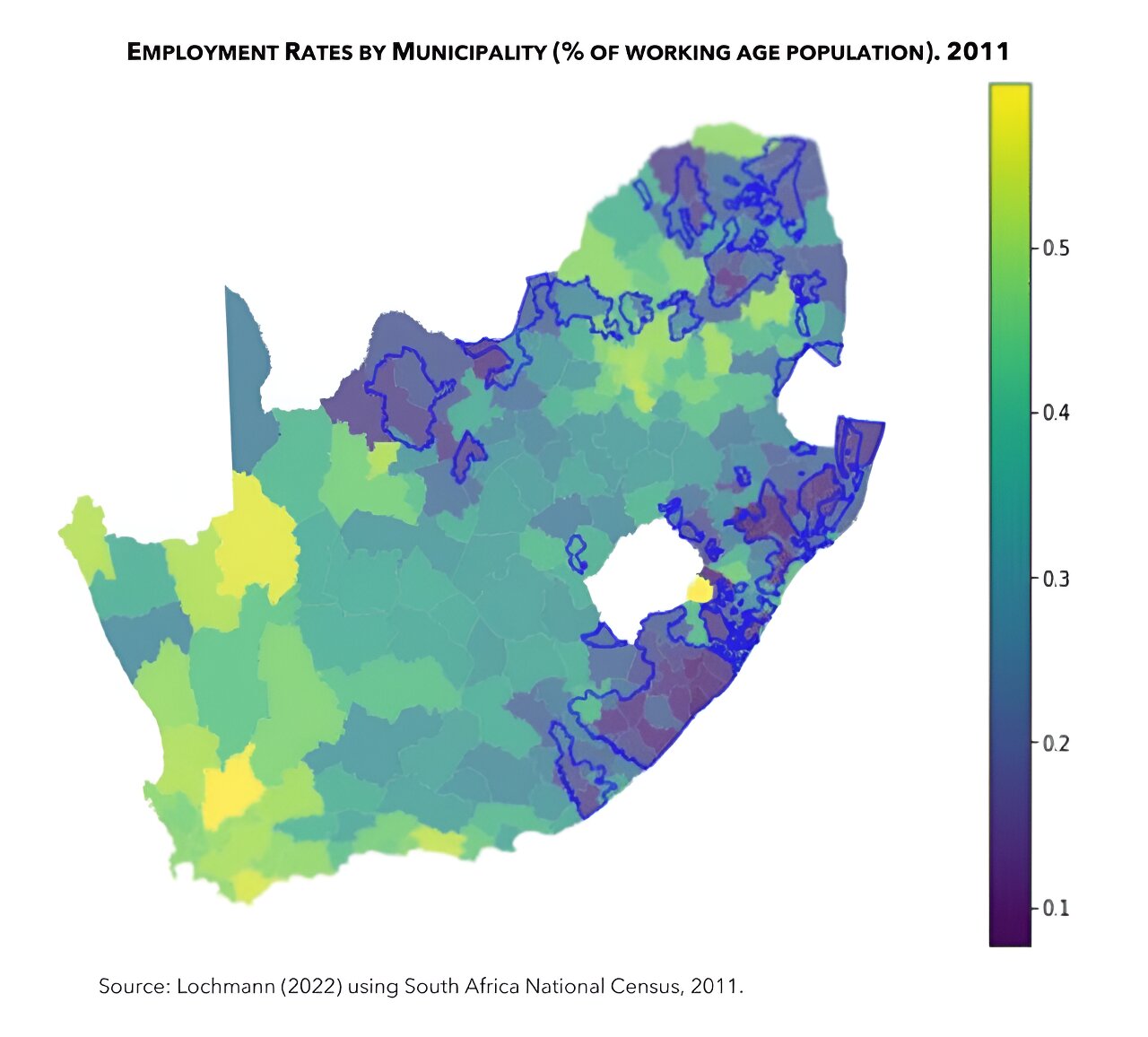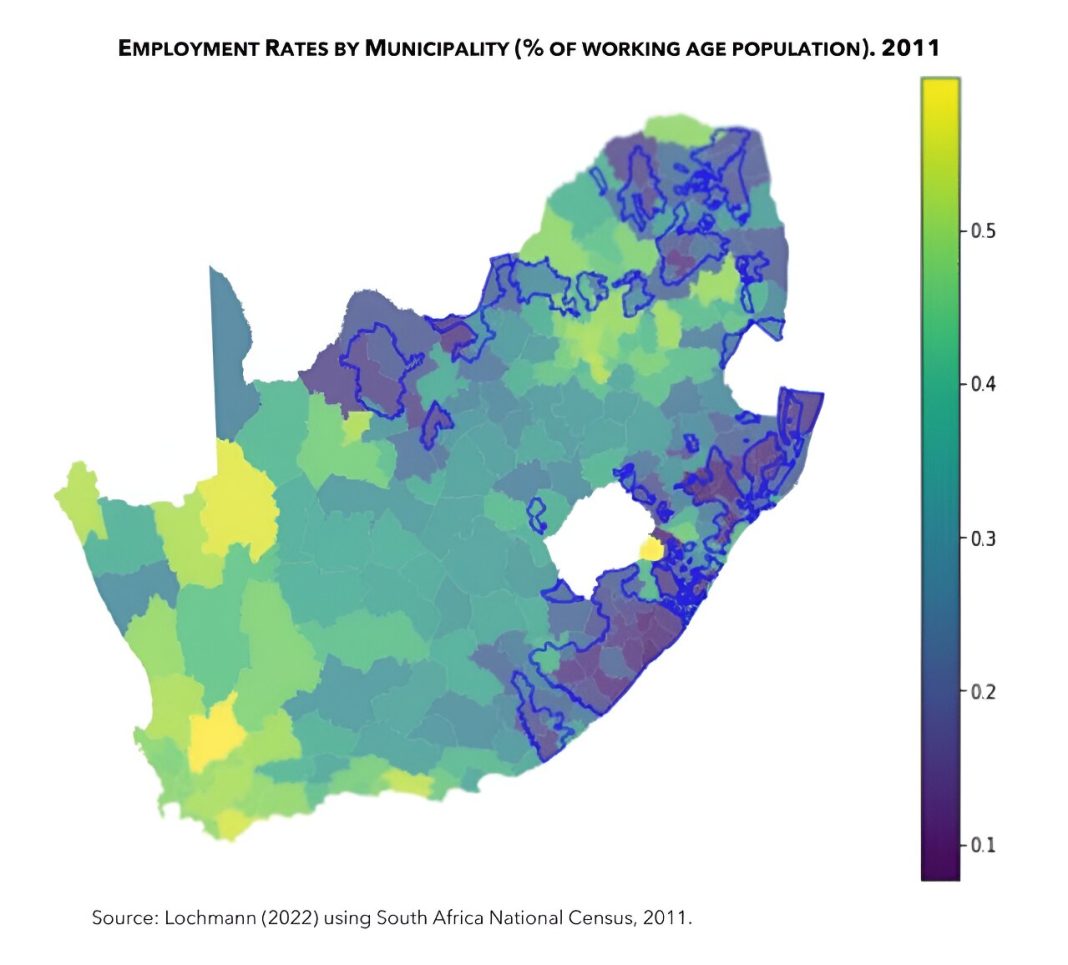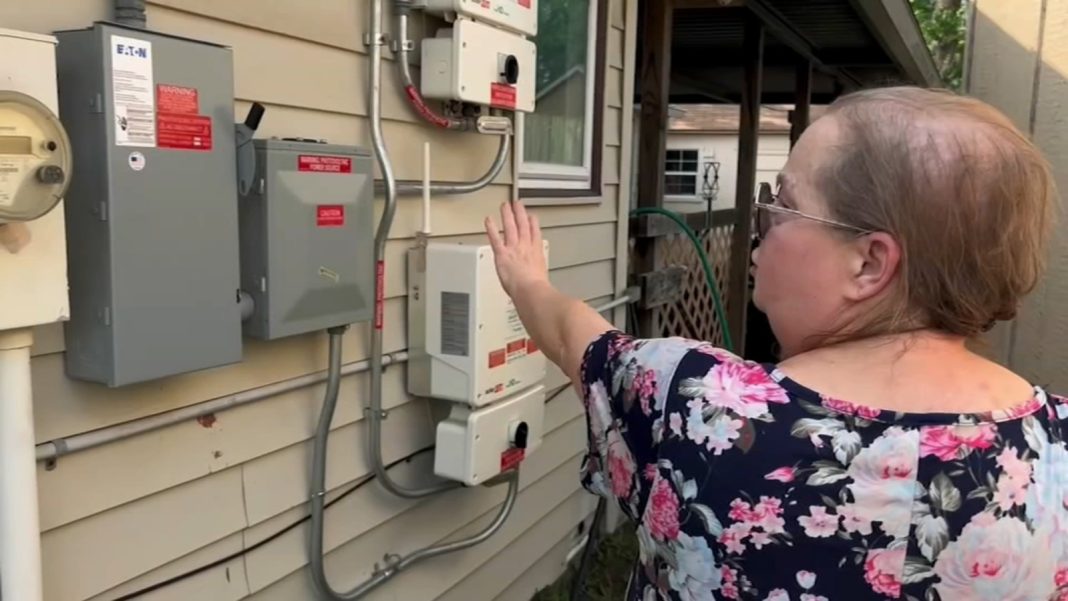 Migration Numbers in Australia: A Bidding War for Public Approval
Migration Numbers in Australia: A Bidding War for Public Approval
Introduction:
The current Australian political climate is grappling with the issue of migration amidst concerns over a shortage of housing, expensive groceries, and soaring bills. The debate has intensified as politicians vie for public approval by proposing lower migration numbers. However, the question remains: will reducing migration solve the nation’s economic and social challenges?
Analysis:
1. Labor’s Plan to Cut Back on Migration:
Treasurer Jim Chalmers announced Labor’s intention to reduce migration numbers following a record intake of 528,000 migrants from 2022-23. The proposed figures indicate a drop to 395,000 in 2023-24 and further down to 260,000 in 2024-25. Most places would be allocated to skilled laborers, and the annual intake would be capped at 185,000 people.
2. Peter Dutton’s Lower Intake Proposal:
Opposition Leader Peter Dutton countered Labor’s plan by suggesting an even lower intake of migrants, reducing it to 140,000 annually. Dutton highlighted the housing crisis and the challenges faced by Australians in finding affordable rentals.
3. Steve Christou’s Critique:
Cumberland City Councillor Steve Christou joined the chorus of politicians advocating for lower migration numbers but criticized the Coalition’s plan for not going far enough. He argued that slashing migration by 25% would not address the cost-of-living crisis, housing shortages, and job scarcity. Christou called for a temporary halt on migration until Australia’s infrastructure catches up with current demands.
4. The Expanding Migrant Population:
Australia’s migrant population has been steadily expanding, with a gain of over half a million new people from 2022-23. Post-pandemic, migrant levels increased by 73%, while migrant departures decreased by 2%. This upward trend adds pressure to the already strained housing market.
5. Rental Inflation and Declining Vacancy Rates:
Data from the Australian Bureau of Statistics reveals a soaring annual rent inflation, escalating over 6% in 2022. Additionally, rental vacancy rates have been declining since 2021, exacerbating the housing crisis and making it increasingly difficult for Australians to find affordable accommodation.
6. Labor’s “Big Australia” Strategy:
Labor previously championed the idea of a “Big Australia,” projecting 1.5 million new migrants over five years while promising only 30,000 new homes. This approach faced criticism from Liberal Shadow Immigration Minister Dan Tehan, who argued that the government lacked a plan for housing and managing the impact on public services.
7. The Economic Benefits vs. Social Challenges:
The strategy of importing more people into the country is driven by the financial advantages of a larger consumer base and a tax base of over 100 million people. However, this approach raises concerns about the strain on public resources and infrastructure. Australia’s low fertility rate, with an average of 1.6 children per person, further complicates the government’s decision-making process.
Conclusion:
The debate over migration numbers in Australia reflects a complex dilemma for the government. Balancing economic growth and global influence with the everyday struggles of its citizens is no easy task. While Labor argues that it has struck the right balance, only time and the voters will determine the path forward for Australia’s migration policy.


